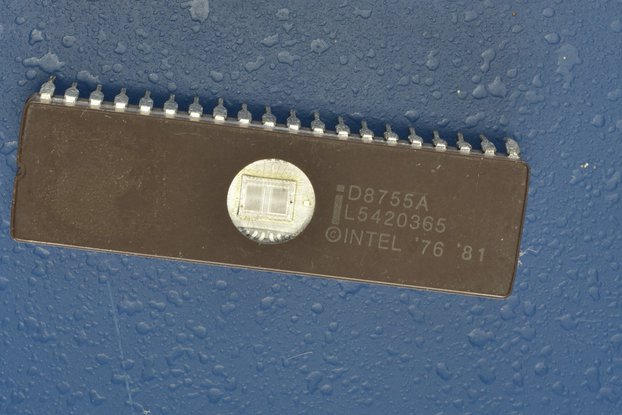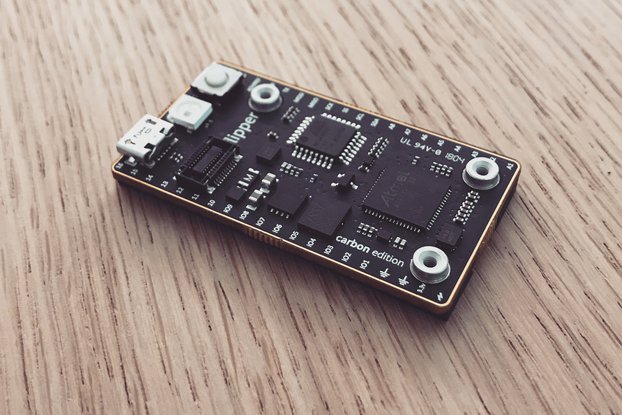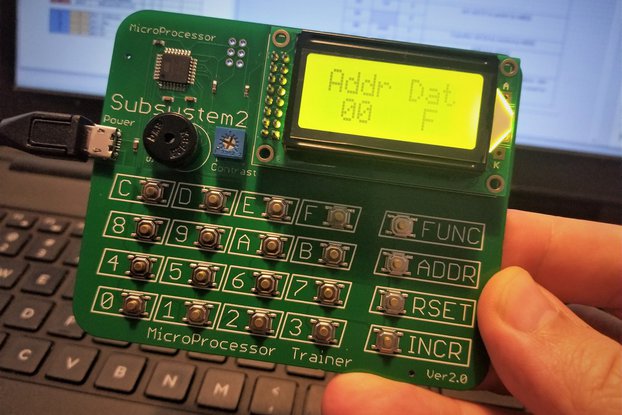Scratch Arcade Programming Learning Machine ESP32 Development Board Bluetooth Wifi Gaming Machine Non Makecode
Designed by Yichuang Space in China
Buy with confidence.
Our Tindie Guarantee protects your purchase from fraud. Learn More
This is a hardware product specifically developed for children's programming. It makes up for the defect that current Scratch works can only run on PCs. Meanwhile, it tackles the problem of the monot…
Read More…This is a hardware product specifically developed for children's programming. It makes up for the defect that current Scratch works can only run on PCs. Meanwhile, it tackles the problem of the monotonous teaching methods in current children's programming and the consequent decline in students' interest after they start, due to the lack of hardware connection. This product enables students not only to run their works offline but also to share, interact and collaborate on creations with others, fully enhancing their sense of achievement. At the same time, it doesn't change the existing teaching content at all but enriches it, allowing for direct integration with the curriculum.
Development Story From addicted to playing games to game developers,and then toExploration and Innovation of Children's Programming.
From game development to children's programming The core members of the team have been passionate about playing games since childhood. They engaged in game development work when they grew up and began to transform into children's programming workers in 2018. After getting in touch with Scratch children's programming, an idea occurred to them: Could they develop a piece of hardware that can run Scratch games? With this idea in mind, they started to make attempts...
Limitations of MakeCode Arcade Prior to this, all programmable game consoles were built upon MakeCode Arcade.Although they boasted powerful capabilities, they came with complex operation procedures, posing significant challenges in programming and making it extremely difficult for beginners to get started, not to mention the even greater hurdles in teaching. Comparatively speaking, Scratch is far more intuitive and easier to comprehend. The crucial aspect is that the majority of children have already grasped the basics of it.
Multiple solutions are constantly being discussed and attempted In pursuit of the objective of developing a device capable of running Scratch works, numerous schemes have been explored:Directly run Scratch software:The native version of Scratch imposes stringent requirements on both hardware and operating systems. In fact, it generally necessitates a hardware configuration comparable to that of a tablet computer. Although it is technically feasible to develop based on it, the associated costs would be prohibitively high. Develop a similar Scratch emulator for parsing:The resource files are huge,demanding high hardware memory, and the development is rather challenging.
Redefining core requirements Upon repeated deliberation, the core requirements were once again clarified: It is essential to utilize mainstream open-source hardware and preserve the programming methodology of Scratch to the greatest extent. There is no need to obsess over whether it's about running the original Scratch or parsing the native sb3 format files.
The birth of the BlockCode framework Drawing inspiration from the Microbit MakeCode emulator, we conceived the idea oftreating the stage as a hardware emulator. Subsequently, the BlockCode framework was developed. With this innovation, the LCD display effect is directly showcased on the stage, successfully integrating the stage, emulator, and LCD display screen into one cohesive unit.
Technical Challenges and Solutions In the course of exploration and development, we came across a multitude of technical challenges: Innovative features: The emulator replaces the Scratch stage and is implemented by avirtual machine on the ESP32S3. Performance optimization:On the microcontroller-based main control unit, in order to achieve highly efficient and smooth display on the LCD, it is necessary to rewrite the display driver, redraw the graphics, redesign the animations and special effects, essentially rebuilding everything from top to bottom. Wireless Expansion: Functions such as networking, recording, playing sounds, intercom,integrating with Al large models, and control can all be achieved. Usability: Construct the POP OS, a human-computer interaction operating system that enables the selection and running of multiple programs. compatibility: It should be able to open files in sb3 format and achieve the maximum compatibility with the native programming paradigm.
Verification of feasibility ultimately succeeded After a year and a half of arduous efforts, we ultimately verified the viability of the original concept. In homage to the two iconic and robust platforms, namely MakeCode Arcade and Scratch, our very own hardware platform has been christened "Scratch Arcade".
No country selected, please select your country to see shipping options.
No rates are available for shipping to .
Enter your email address if you'd like to be notified when Scratch Arcade Programming Learning Machine can be shipped to you:
Thanks! We'll let you know when the seller adds shipping rates for your country.
| Shipping Rate | Tracked | Ships From | First Item | Additional Items |
|---|---|---|---|---|
|
:
|
Buy with confidence.
Our Tindie Guarantee protects your purchase from fraud. Learn More

$59.99
Free Shipping!

$15.00
Free Shipping!

$500.00
Free Shipping!

$40.00
Free Shipping!
By clicking Register, you confirm that you accept our Terms & Conditions
We recognize our top users by making them a Tindarian. Tindarians have access to secret & unreleased features.
We look for the most active & best members of the Tindie community, and invite them to join. There isn't a selection process or form to fill out. The only way to become a Tindarian is by being a nice & active member of the Tindie community!
